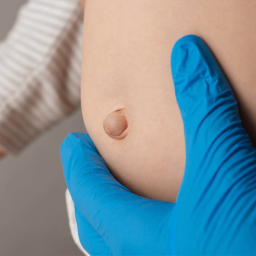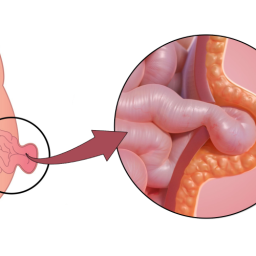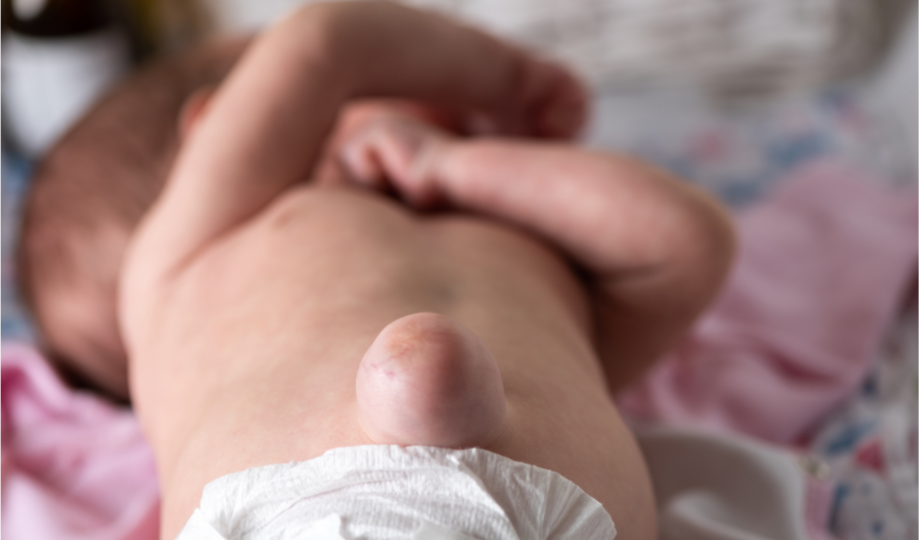
1. Understanding Hernia Pain
Before diving into pain management methods, it’s crucial to understand why hernias cause pain and what factors contribute to it. A hernia occurs when an organ or fatty tissue pushes through a hole or weak spot in the muscle or connective tissue. In the case of an abdominal hernia, this often involves the intestines or fatty tissue near the abdomen, leading to bulging and discomfort.
Factors that contribute to hernia pain:
- Pressure on the affected area
- Muscle strain from physical activity
- Increased intra-abdominal pressure due to coughing, sneezing, or heavy lifting
- Inflammation or irritation of the surrounding tissues
Hernia pain can be acute or chronic, and it may vary depending on the type of hernia and the individual’s activity levels.
2. Innovative Approaches to Pain Relief
a. Cryotherapy (Cold Therapy)
Cryotherapy, or the use of cold to reduce inflammation and alleviate pain, has gained attention as an effective treatment for various types of musculoskeletal pain, including hernia pain. By applying cold packs or ice to the affected area, inflammation and swelling can be reduced, which in turn decreases pain.
How it works:
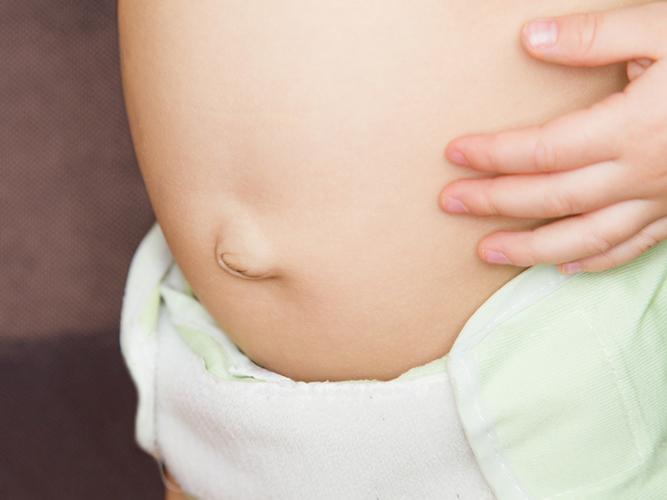
- Cold therapy causes blood vessels to constrict, which reduces the flow of blood to the affected area and decreases inflammation.
- Cold also numbs the nerves, providing immediate pain relief.
- It can be used as a short-term measure to reduce discomfort, especially after physical activity or lifting heavy objects.
How to Apply Cryotherapy for Hernia Pain:
- Wrap ice or a cold pack in a cloth or towel.
- Apply the cold pack to the hernia site for 15-20 minutes at a time.
- Repeat several times a day if needed, especially after activity that exacerbates pain.
b. Heat Therapy
Heat therapy is another non-invasive method used to alleviate muscle stiffness and tension, making it effective for hernia pain relief. It promotes blood flow to the affected area, which accelerates the healing process and eases discomfort.
How it works:
- Heat therapy increases circulation, allowing oxygen and nutrients to reach the damaged tissues more effectively.
- It helps relax the muscles around the hernia, reducing strain and tension.
How to Apply Heat Therapy for Hernia Pain:
- Use a warm compress, heating pad, or a hot water bottle on the hernia site.
- Apply the heat for 15-20 minutes, ensuring that it’s not too hot to avoid burns.
- Do this 2-3 times a day or whenever muscle stiffness or pain increases.
c. Transcutaneous Electrical Nerve Stimulation (TENS)
TENS therapy is a modern, non-invasive treatment that uses electrical impulses to manage pain. It works by blocking pain signals from reaching the brain and stimulating the production of endorphins, the body’s natural painkillers.
How it works:
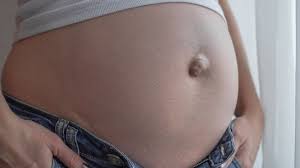
- Electrodes are placed on the skin near the hernia site.
- A small electrical current passes through the skin, stimulating the nerves and reducing the sensation of pain.
- TENS therapy can also help relax tight muscles and improve mobility in the area surrounding the hernia.
How to Use TENS for Hernia Pain:
- Consult a healthcare provider to get the proper device and learn how to place electrodes correctly.
- Use the TENS device for short intervals, typically around 15-30 minutes per session, and repeat as needed.
- It’s most effective when combined with other therapies like heat or stretching.
d. Acupuncture
Acupuncture is an ancient Chinese healing practice that involves inserting thin needles into specific points on the body to stimulate energy flow and promote healing. For hernia patients, acupuncture can help manage pain, reduce muscle tension, and promote overall wellness.
How it works:
- Acupuncture stimulates the release of endorphins, which naturally reduce pain.
- It helps correct energy imbalances in the body that may contribute to pain and inflammation around the hernia site.
- Acupuncture can also promote better circulation and muscle relaxation.
How to Use Acupuncture for Hernia Pain:
- Seek a licensed acupuncturist who has experience treating hernia-related pain.
- Typically, several sessions are required to experience lasting pain relief, with treatments scheduled 1-2 times per week.
- Focus on acupuncture points in the abdomen, lower back, or legs to target the pain.
3. Mind-Body Techniques for Hernia Pain Relief
a. Meditation and Mindfulness
Mindfulness-based stress reduction (MBSR) and meditation techniques can be incredibly effective for managing the psychological aspects of hernia pain. These practices help individuals become more aware of their pain without becoming overwhelmed by it, and they provide tools to manage stress and anxiety.
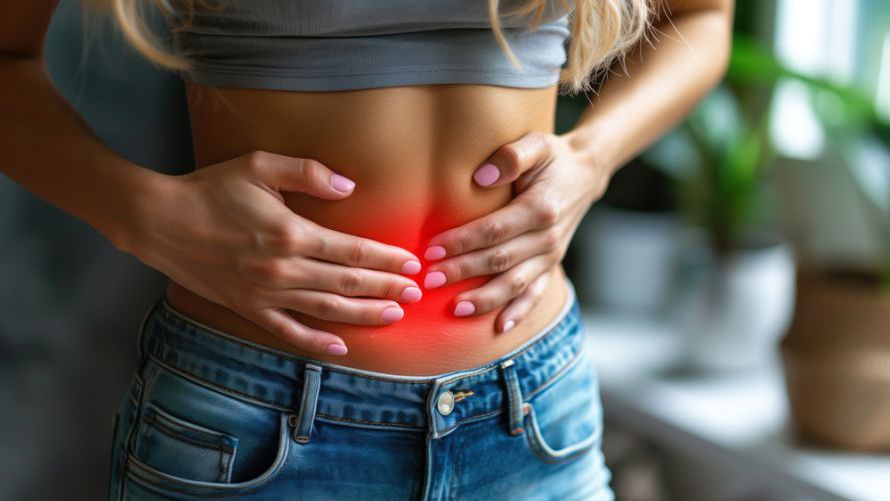
How it works:
- Meditation and mindfulness techniques focus on breathing exercises and conscious relaxation to reduce muscle tension and mental stress.
- These techniques can enhance the body’s natural ability to relax, lowering stress levels that may exacerbate hernia pain.
How to Practice Meditation for Hernia Pain:
- Start by finding a quiet, comfortable space.
- Focus on slow, deep breathing, ensuring that each inhale and exhale is deliberate and calm.
- Focus on the sensations in the body, letting go of any tension and relaxing each muscle.
- Practice for 10-20 minutes daily to experience the benefits.
b. Yoga and Gentle Movement
Gentle yoga practices can support individuals with hernias by improving flexibility, strengthening the core muscles, and promoting relaxation. However, it is essential to avoid strenuous poses that put undue pressure on the abdomen or strain the hernia.
How it works:
- Yoga encourages body awareness, flexibility, and gentle muscle engagement, which can reduce tension in the affected area.
- Poses that emphasize deep breathing and relaxation can help alleviate both physical and mental stress.
Recommended Yoga Poses for Hernia Relief:
- Child’s Pose: A gentle stretch that relaxes the spine and abdominal area.
- Cat-Cow Stretch: Promotes mobility in the spine and abdomen while gently stretching the back and torso.
- Seated Forward Bend: Helps stretch the hamstrings and lower back without straining the abdominal muscles.
It’s important to work with a certified yoga instructor who is knowledgeable about hernias to ensure safety.
4. Lifestyle Modifications for Long-Term Pain Management
Along with innovative pain management techniques, making specific lifestyle changes can support hernia pain relief in the long term. Some recommendations include:
- Maintaining a Healthy Weight: Reducing excess weight minimizes the strain on the abdominal muscles and decreases hernia discomfort.
- Avoiding Heavy Lifting: Lifting heavy objects can increase intra-abdominal pressure and exacerbate hernia pain. It’s important to avoid these activities, or use proper lifting techniques when necessary.
- Eating a High-Fiber Diet: Preventing constipation is essential because straining during bowel movements can worsen hernia pain. A diet rich in fruits, vegetables, and whole grains can promote regular bowel movements.
5. When to Seek Medical Help
While these innovative pain management techniques can be effective, they are not substitutes for professional medical care. It is essential to consult with a doctor if:
- The hernia grows larger or becomes increasingly painful.
- You experience complications such as nausea, vomiting, or fever, which could indicate strangulation of the hernia.
- You’re unsure about the best course of action or need more personalized advice.
While hernia pain can be challenging, many innovative and non-invasive methods are available to help alleviate discomfort and improve quality of life. From cryotherapy and TENS therapy to acupuncture, yoga, and mindfulness techniques, individuals have a wide range of options for pain management. By combining these methods with lifestyle modifications and professional medical care, individuals can effectively manage hernia pain and improve their overall well-being.

